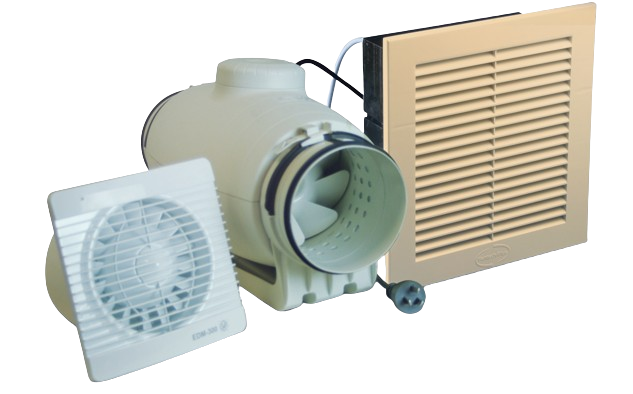Access to electrical equipment manufactured overseas is now easier thanks to the internet and low cost express shipping. However the greater choice of products is only one criterion when deciding to make a purchase and contractors must also take into consideration quality and serviceability, customer support, product safety and compliance with Australian/New Zealand regulations.
Safety is one area that cannot be compromised. To better protect end customers, the Electrical Regulatory Authorities Council (ERAC) have begun to harmonise electrical equipment safety throughout Australia and New Zealand to create a nationally consistent legislation. This has resulted in the Electrical Equipment Safety System (EESS) which is being implemented by the ERAC member jurisdictions. Under the EESS all electrical equipment designed or marketed as suitable for the household, personal or similar use, is classified into three levels according to their risk, with level 3 posing the greatest safety risk. Each risk level has different compliance requirements as detailed below.
Application of standards
AS/NZS 4417.2:2012 Regulatory compliance mark for electrical and electronic equipment - Specific requirements for particular regulatory applications classifies electrical equipment as either Level 2 (Medium risk) or Level 3 (High risk). Any electrical equipment that is not classified as Level 2 or Level 3 is automatically classified as Level 1 (Low Risk).
All Level 1 equipment must comply with a relevant AS/NZS/IEC standard (if available) that specifically applies to the equipment type as well as AS/NZS 3820 :2009/Amdt 1:2011 Essential safety requirements for electrical equipment.
Level 2 and 3 equipment must comply with the standard specified in AS/NZS 4417.2. For fans this is defined by Clause B.2.15 as:

An electrical appliance that:
- is a household type;
- has a primary function of moving air in its vicinity for comfort or extraction purposes; and
- is self-contained and includes
- any associated ancillary equipment
and must be tested and to comply with AS/NZS 60335.2.80 :2004/ Amdt 1:2009 Household and Similar Electrical Appliances – Safety – Particular requirements for fans (IEC 60335-2-80 Ed 2.2, MOD). If fans meet all of the criteria above they are classified as a Level 3 product in Australia, or a Level 2 product in New Zealand.
If a domestic fan falls outside the definition in AS/NZS 4417.2 Clause B.2.15, it is considered Level 1 and still requires proof that it is electrically safe.
|
Level 1* (Low risk) |
Level 2 (Medium risk) |
Level 3* (High risk) |
| Must be supplied by a registered Responsible Supplier |
X |
X |
X |
| Must meet minimum electrical standards. |
X |
X |
X |
| Requires declaration that equipment meets relevant standards and is electrically safe. |
X |
|
|
| Must have a certificate of conformity. |
|
|
X |
| Must be registered on national database. |
|
X |
X |
| Must have a compliance folder. |
|
X |
|
| Must carry the Regulatory Compliance Mark (RCM). |
X |
X |
X |
| *Level 3 items were previously referred to as 'Prescribed Products', while Level 1 items were referred to as 'Non-Prescribed products'. |
The cost of non-compliance
Failure to comply with Australian or New Zealand safety requirements may result in fines, product recalls or both. Furthermore, removal of the non-compliant product and replacement with compliant products can be extremely costly, sometimes with no financial assistance from the supplier. All stakeholders need to be aware that in the event of a catastrophic product failure, the authorities may target everybody in the supply chain not just the importer or supplier. In other words, everybody needs to ensure the products they use are compliant and fit for purpose.
Many customers will be aware of the recent recall of electrical cabling which failed the required ageing tests in AS/NZS 5000.2:2006. This should serve as a reminder to the significant impact non-compliant products can have on our industry and the wider community.
What do I need to check?
A simple method of checking you are installing a household fan that complies with Australian or New Zealand safety requirements is to look for the Regulatory Compliance Mark (RCM) logo on the product. This mark shows that the supplier has declared that the equipment has been tested and complies with the requirements imposed or covered by regulations in Australia and New Zealand.
